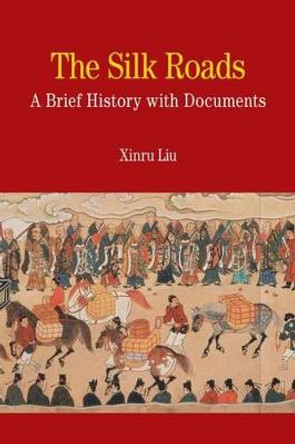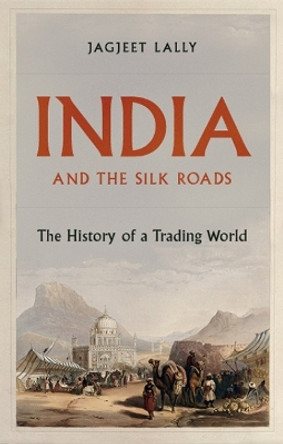The Silk Road was the current name for a complex of ancient trade routes linking East Asia with Central Asia, South Asia, and the Mediterranean world. This network of exchange emerged along the borders between agricultural China and the steppe nomads during the Han Dynasty (206BCE-220CE), in consequence of the inter-dependence and the conflicts of these two distinctive societies. In their quest for horses, fragrances, and spices, gems, glassware, and other exotics from the lands to their west, the Han Empire extended its dominion over the oases around the Takla Makan Desert and sent silk all the way to the Mediterranean, either through the land routes leading to the caravan city of Palmyra in Syria desert, or by way of northwest India, the Arabian Sea and the Red Sea, landing at Alexandria. The Silk Road survived the turmoil of the demise of the Han and Roman Empires, reached its golden age during the early middle age, when the Byzantine Empire and the Tang Empire became centers of silk culture and established the models for high culture of the Eurasian world. The coming of Islam extended silk culture to an even larger area and paved the way for an expanded market for textiles and other commodities. By the 11th century, however, the Silk Road was in decline because of intense competition from the sea routes of the Indian Ocean. Using demand and supply as the framework for analyzing the formation and development of the Silk Road, the book examines the dynamics of the interactions of the nomadic pastoralists with sedentary agriculturalists, and the spread of new ideas, religions, and values into the world of commerce, thus illustrating the cultural forces underlying material transactions. This effort at tracing the interconnections of the diverse participants in the transcontinental Silk Road exchange will demonstrate that the world had been linked through economic and ideological forces long before the modern era.
About the AuthorLiu is a Faculty member in the Department of History at the College of New Jersey; (formerly) and Professor at the Institute of World History, Chinese Academy of Social Sciences
ReviewsA welcome addition to the New Oxford World History series...Any general reader interested in silk or textiles will enjoy this book, but so too will one who is captivated by any other aspect of the Silk Road, for it provides a quick but fascinating historical narrative. As a textbook for a world history class, its appeal lies not only in the romance of the Silk Road but also in its use of material culture to write world history by connecting economic and political activities with the religious values of various traditions. * Journal of Asian Studies *
A carefully constructed narrative and analysis...This is an excellent text that will be useful for orientating students and introducing them to the sources and interpretive problems of ancient and medieval Central Asian history. * World History Bulletin *
Book InformationISBN 9780195338102
Author Xinru LiuFormat Paperback
Page Count 168
Imprint Oxford University Press IncPublisher Oxford University Press Inc
Weight(grams) 292g
Dimensions(mm) 234mm * 155mm * 11mm









